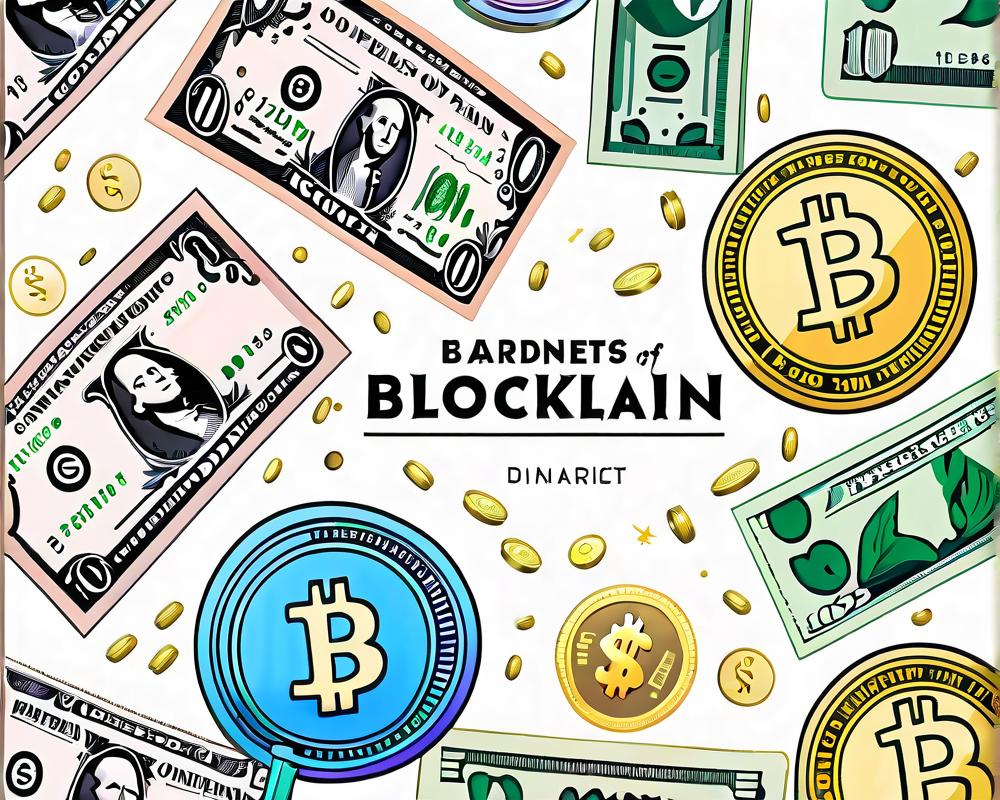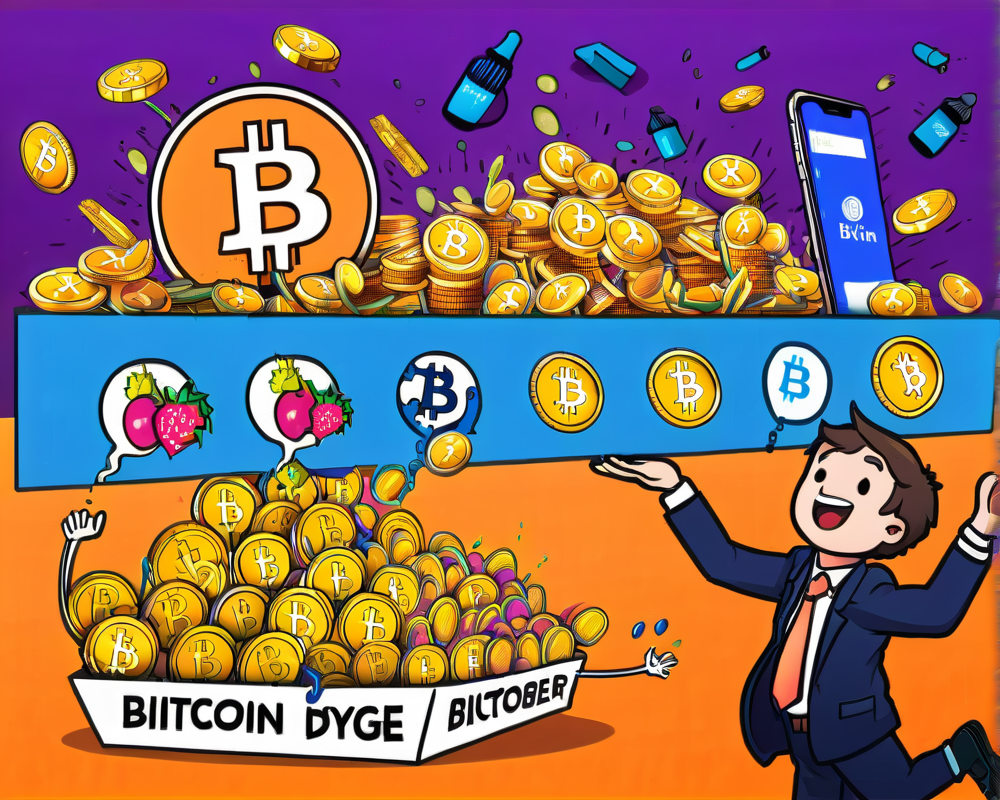Traveling Through Time: The Origins of Trade
Let’s journey back to a time when money didn’t exist, and neither did the concept of carrying your groceries without a workout. Enter the barter system: the OG of trade. Picture cavemen swapping a woolly mammoth steak for a shiny rock; after all, who doesn’t love a good fossil? This system, dating back to 9000 BC, was a simple but efficient way to exchange goods like food and spices—but I reckon you wouldn’t want to try trading your leftover pizza for someone’s old VHS collection.
Cowrie Shells: The First Mobile Currency
Fast forward to around 1200 BC, and humanity decided that hauling giant animals around wasn’t quite ideal for shopping. Enter cowrie shells, the first portable symbols of wealth. Merchants in Asia swapped these little beauties for everything from tea to livestock, providing a peek into how currency would be shaped. Fun historical nugget: some places in Africa were still trading in cowrie shells into the early 1900s. Who knew shells had such *staying power*?
Coins: The Jingle That Rocked the World
By 500 BCE, we hit the jackpot—coins! Sprinkled across Persia and Greece, these shiny disks were what put the jingle in your pocket. But just like modern tech friends, some soldiers had doubts; many were paid in salt (yes, salt!). It wasn’t exactly the most rewarding payday, but hey, at least they could season their fish.
Paper Currency: The Beginnings of Credit Chaos
The invention of paper currency shook things up—sometimes a bit too much. Inflation often spiraled out of control because countries decided to play Monopoly with money, printing stacks of bills that had about as much value as a used receipt. This boom and bust mirrors the volatility seen in cryptocurrencies now. History has a great way of reminding us that what goes up must come down, especially if you’re a Bitcoin enthusiast.
Modern Financial Systems: Enter the Technicolor Era
Let’s ditch the black and white and immerse ourselves in the colorful world of modern finance, starting in the 20th century. Credit cards emerged like superheroes ready to save you from cash-carrying woes. Then came ATMs—because who doesn’t want money at 3 AM in their pajamas? The foundation for instant transactions took shape when banks created systems to communicate globally. Yet, despite all these advancements, many transactions still seem to move slower than a sloth on a lazy Sunday.
The Future of Money Transfer: Is Crypto the Answer?
With cowrie shells’ legacy still echoing through time, we now sit at the edge of a digital revolution brought by cryptocurrencies and blockchain. These tech-savvy forms of currency aim to replace slow, bureaucratic systems by ensuring faster, cheaper transactions. Of course, there are bumps on this path, like price volatility and a hesitating banking sector. Just keep reminding yourself—every great financial revolution had its share of hiccups. So buckle up, folks; we’re in for a wild ride!




